





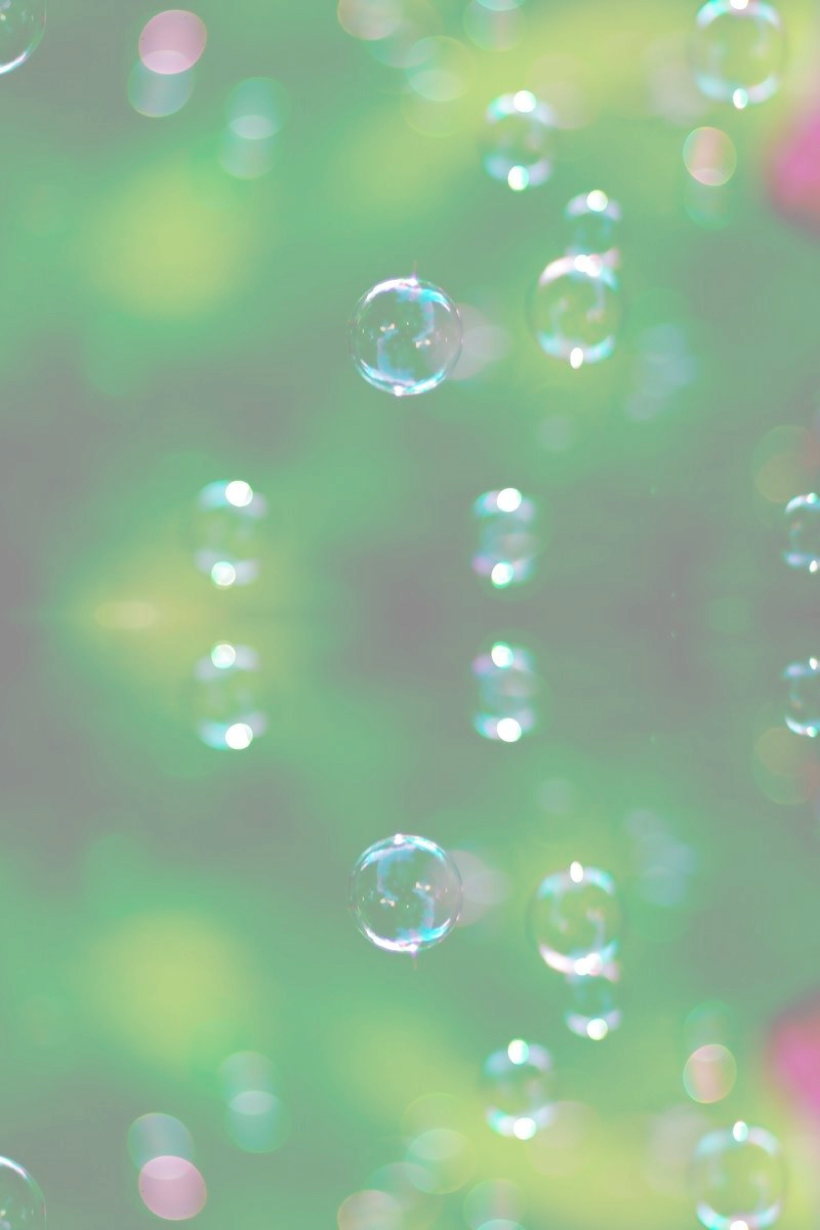
Soap and the City
soap soap
There is something wrong when a mother who washes out a measuring cup with soap after she’s only measured water in it” - Emma Bombeck
In contemporary Western society, cleanliness, bathing, and soap are so closely associated that it is hard to think of one without thinking of the other. Relative to how long humans have been bathing, however, soap is an extremely recent innovation. Although evidence suggests that it was first invented in Mesopotamia around 5,000 years ago (e.g., Wilcox, 2008), soap technology was not widely adopted by other civilizations until the current industrial era. While most of people today would say they use soap to “get clean,” this seemingly simple statement is imbued with complex beliefs about hygiene, disease, and prevention, which themselves evolved out of the body of experience gained from the widespread adoption of soap use and other sanitary products. Although early users of soap scrubbed themselves with essentially the same product people use today, their reasons for using soap and their understanding of the benefits of soap would contrast sharply with the modern conceptions.
Soap Chemistry
There is a distinct chemical duality in the structure of soap; one part is hydrophobic (fear of water) while another is hydrophilic (love of water). A simple rule of thumb in chemistry is that "like dissolves like." The part of the soap molecule that dislikes water will dissolve (or be dissolved in) another chemical species that also dislikes water. Anyone who has ever tried to mix oil and vinegar (an acidified form of water) knows that oil (or fats or greases) will not dissolve in water. The hydrophobic part of the soap, likewise, will dissolve grease, fats, and oil, but will not dissolve in water, while the hydrophilic part will dissolve in water, but not in grease or fat. When soap is applied during bathing the hydrophobic part binds with dirt and grease on skin's surface, which can harbor various pathogens. As shown in Figure 1, when soapy skin is rinsed with water, the hydrophilic ends of the soap molecules bind to the water molecules and run off the skin, dragging with them the ‘dirty’ bits the were deposited on the skin. Although this mechanism serves the obvious function of improving one's skin tone and removing odor, soap also wards off infection and disease by removing microorganisms like viruses and bacteria that are deposited on the skin. Thus, while simple soaps may not actually kill harmful bacteria, they prevent their build up and reduce their capacity to cause harm.
The relatively simple structure of the soap renders it relatively easy to synthesize from a wide variety of materials that were accessible to our ancestors. At the most basic level, the production of soap entails the mixing of fat (e.g., vegetable oil or lard) with lye (e.g., charred bones or plant alkali) in such a way that the fat molecules interact with the corrosive, alkaline molecules in the lye to produce the oppositely charged molecules that comprise the polar ends of the soap. There are many different methods of saponification, the simplest of which entails heating the fat and lye together until saponification occurs. Thus, the only macroevolutionary constraints to soap production were access to a fat, a corrosive, alkaline substance, and steady control of a fire source, but necessity is the mother of invention. While humans possessed the components necessary to produce soap long before the rise of agriculture, the need for and subsequent production of soap was likely much more influenced by the cultural values and belief systems of the societies that found a use for it. That is not to say that macroevolutionary forces did not affect the usefulness of soap in different societies, but their role in the invention of soap was probably minor.
The Invention of Soap: Primary Causes and Effects
Life before soap. The invention of agriculture about 10,000 years ago in the Fertile Crescent brought with it drastic changes in human settlement and livelihood (Ponting, 1993). As shown in Figure 2, the advent of agriculture allowed many more people to bed fed per unit of land area, causing a dramatic rise in population. Farm life also inevitably led to the development of systems trade. Once established, trade allowed an increasingly large percentage of the population to survive without being directly involved in food production. Although agriculture rapidly spread from the Fertile Crescent, societies in the Middle East intensified and improved agriculture sooner than other societies, and it was this region that gave birth to the world’s first cities, one of the most important of which was Uruk. Situated on the banks of the Euphrates River in what is now Iraq (Green, 1984), it grew to more than 50,000 inhabitants in the 3,000 year period between 6,000 and 3,000 BCE (Ponting, 2003). The rise of large cities like Uruk required new social, political, and economic structures to deal with the new cultural constructs like ownership and the divisions of wealth and labor. The historical record suggests that the most successful agrarian areas tended to evolve governmental entities often dominated by a single ruler or family. Mesopotamian societies maximized the efficiency of agriculture, and in doing so, reinforced the divisions of wealth and labor in booming populations.
The first urbanites faced many new challenges, in addition to those just recently imposed by the adoption and agriculture and a sedentary lifestyle. As humans moved into cities, they were still evolving immunities to the diseases vectored by the growing number and variety of domesticated animals in close proximity to the cities (Cipolla, 1974). The rising population densities in the first cities dramatically increased the risk of city-wide disease outbreaks largely vectored by humans themselves. To make matters worse, the growing flux of traders in and out of the cities allowed 'successful' germs to spread very quickly within and between cities. While these conditions may explain why soap technology became widespread, the early users of soap probably did not view its function as disease-mitigating.
Soap, Aesthetics, and Fate. The story of soap begins in the Fertile Crescent, soon after the development of urban life. The first evidence of soap production is a set of Babylonian urns from around 2,800 BCE that held a soap-like product likely made from animal fats and ashes (Wu et al., 2009). Another early Babylonian recipe for soap calls for the combination of oil from the cassia tree, plant alkali, and water, all of which are to be heated together (Wilcox, 2000). While these original users may too have reasoned that they used soap to “get clean,” their understanding of cleanliness was inevitably based upon their own culture's hygienic expectations and beliefs about purity. The germ theory of disease arose thousands of years later from the work of Louis Pasteur (1822-1895) and Robert Koch (1843-1910), and there is no evidence to suggest that the early users of soap understood or even recognized its disease-fighting properties. This being so, perhaps the first motivation for soap use was aesthetic rather than medical, owing to its most obvious function in removing discoloring, sticky, putrid, or otherwise unpleasant particles from the skin or other surfaces. Since the wealthy merchants of the time likely worked in much cleaner conditions than lower class member of society like slaves, clean skin and hair likely became status symbols in the increasingly economically stratified and competing societies of the Fertile Crescent.
This is not to say that soap was not protective against disease. While the Babylonians may not have realized it at the time, soap undoubtedly did protect its users from at least some of the pathogens packed inside the large city walls. If indeed, those who washed with soap gave themselves a better chance at a long and (re)productive life, then by teaching their children to wash with soap, they passed this advantage on to numerous generations. In time, the combination of soap's disease fighting power and the transmission of technological knowledge via culture could have interacted to increase the survival rate of soap-using lineages.
At some point it must have become evident that soap could somehow protect its users from disease. As many prehistoric societies attributed illness to the possession of evil spirits (e.g., Wenegrat, 2001), any potential explanations for its disease-fighting properties would have likely incorporated concepts like spirits, possession, and religious dogma. However, the seemingly rudimentary recognition that soap can prevent disease marks an important change in the way that humans began to think about illness and fate. In other words, illness was no longer an inescapable part of living; it could be prevented. With this realization, disease was no longer solely in the hands of the gods, and it is this very idea upon which modern medicine has evolved.
Disease and Disgust. As populations in the highly productive Fertile Crescent cities increased, evolutionary disease resistance mechanisms by themselves would have been too slow to protect city dwellers from the threats in their brand new environment (Ehrlich, 2000). Before the rise of agrarian societies, our ancestors had lived in small bands of hunter-gatherers for millions of years (Carr, 2005). During this immense time span, hominids had ample time to develop sophisticated disgust emotions that amply protected them from the biological threats of their habitat and way of life (e.g., Curtis & Biran, 2001). However, with the domestication of sheep and goats in the Middle East some 12,000 years ago, humans quickly encountered numerous new sources of disease and infection without the benefit of genetically evolved avoidance and resistance mechanisms (Diamond, 2003).
The next major change in agrarian civilization, namely the emergence of cities, occurred just 5,000 years later. The adaptations required for city living were even more numerous and complex than those required by the switch from nomadic to sedentary lifestyle. Rapid cultural evolution, however, seems to have bridged the evolutionary gap and resolved many of the unforeseen problems, one of the most pressing of which was the threat of city-wide infection. One way in which cultures evolved to mitigate this threat was to attach moral or religious significance to dirtiness, cleanliness, and specific bathing rituals (see Figure 3). Such rituals are found in nearly all world religions, and many include the application of various purifying substances like soaps. As the importance of sanitation became increasingly entrenched in cultural values, invention and human ingenuity followed. The third millennium BCE, sometimes known as the ‘Age of Cleanliness,’ saw the invention of numerous other sanitation technologies aside from soap. These include the bathroom and toilet in 2800 BCE, plumbing and sewers in 2700 BCE, and public baths in 2600 BCE (Teresi et al., 2002; Keay, 2001). Together with soap, these technologies represent purposeful attempts by newly settled city dwellers to mitigate biohazards. As soap was among the first of these inventions, its use could have inspired the invention and adoption of other germ-fighting technologies.
The Spread of Soap Technology. Soap did not become a popular commodity in most other civilizations for many millennia after it was invented in the the Fertile Crescent. Although the raw materials used in its production varied with what was locally available, the basic recipe remained the same. That is not to say that soap technology was adopted unanimously. Notable amongst the "soapless" societies was the ancient Greeks, who opted to clean themselves with olive oil (Cook, 1959). Perhaps this should be expected, though, given the limited understanding soap’s cleansing properties before very recent times. It is also easy to lose sight of the fact that long after soap was invented many societies continued to live in non-urban environments where soap was not as useful a commodity. Nevertheless, soap technology became more common when adopted and spread by the Roman Empire (e.g., Partington et al., 1999). Even after the collapse of Rome, soap-making endured as a common practice in Europe during the Middle Ages (Kleinschmidt, 2000). Only during the Industrial Revolution when it began to be mass produced and imported inexpensively from European colonies (see Figure 4), however, did soap use become as widespread as it is today.
Soap and the Future of Technology
The astronomical growth in human population following the Industrial Revolution (see Figure 2) has been accompanied by a dramatic shift to city life as the proportion of people living on rural and agricultural lands has diminished precipitously (Cipolla, 1974). In this respect, perhaps modern humans are in a position similar to the first generations of urbanites in the Fertile Crescent. We are faced with the challenge of staying healthy and safe in a rapidly changing and increasingly crowded world. This time, however, it is not just human beings that are at risk of extinction. We have evolved to become a geological force on the planet powerful enough to change the global climate and destroy ecosystems on every continent. But maybe there is a history lesson to be learned from the Fertile Crescent. If the ancient Babylonians were able to stumble upon the invention of soap without the tools and theories of modern science, then surely our predicament in not hopeless. However, science is only part of the story. The power of cultural evolution is also vital for keeping us and our planet clean, and by teaching future generations that the environment is an extension of the self, perhaps Americans and other westernized peoples can learn to keep it as clean as they keep their own skin.
Literature Cited
Carr, G. (2005). The proper study of mankind. Economist Magazine 337, 2-12.
Cipolla, C.M.. (1974). The Economic History of World Population. Boston, MA: Penguin.
Clark, W.C & Munn, R.E. (1986). Sustainable Development of the Biosphere. Cambridge: Cambridge University Press.
Cook, J.M. (1959). Bath-tubs in ancient Greece. Greek & Rome 6(1), 31-41.
Curtis, V. & Biran, A. (2001). Dirt, disgust, and disease: Is hygiene in our genes? Perspectives in Biology and Medicine 44(1), 17-31.
Diamond, J. (1999). Guns, Germs, and Steel: The Fates of Human Societies. New York, NY: Norton.
Ehrlich, P.R. (2002). Human Natures: Genes, Cultures, and the Human Prospect. New York, NY: Penguin.
Green, M.W. (1984). The Uruk Lament. Journal of the American Oriental Society 104(2), 253- 279.
Keay, J. (2001). India: A History. New York, NY: Grove Press.
Kleinschmidt, H. (2000). Understanding the Middle Ages: The transformation of ideas and attitudes in the Medieval world. Suffolk: Boydell & Brewer.
Kottak, C. (2008). Anthropology: The Exploration of Human Diversity. New York, NY: McGraw-Hill.
Partington, J.R. & Hall, B.S. (1999). A History of Greek Fire and Gun Powder. Baltimore, MD: John Hopkins’ University Press.
Ponting, C. (1993). A Green History of the World. New York: St. Martin’s Press.
Stigliani, W.M., personal communication (2010). Lecture materials for Introduction to Sustainability, University of Northern Iowa, Cedar Falls, IA.
Teresi, D. (2002). Lost Discoveries: The Ancient Roots of Modern Science: From the Babylonians to the Maya. New York, NY: Simon & Schuster.
Willcox, M. (2000). "Soap". In H. Butler (Ed.), Poucher's Perfumes, Cosmetics and Soaps. Dordrecht: Kluwer Academic Publishers.
Wenegrat, B. (2001). Theater of Disorder: Patients, Doctors, and the Construction of Illness. Oxford: Oxford University Press.
Wu, L., Lal, J., Simon, K.A., Burton, E.A., & and Luk, Y. (2009). Nonamphiphilic assembly in water. J. Am. Chem. Soc. 131(21), 7430–7443.

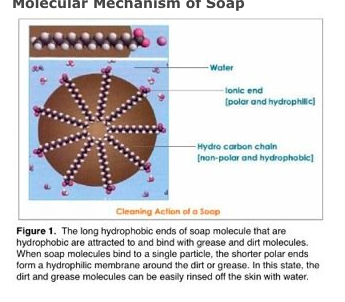
Population and Land Use After Agriculture

Images adapted from Clark and Munn (1986) and Stigliani (2010)

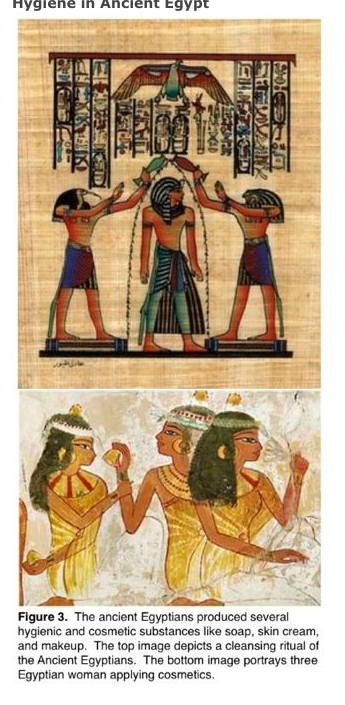

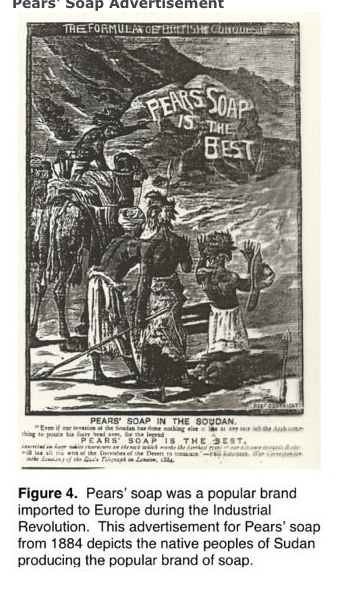
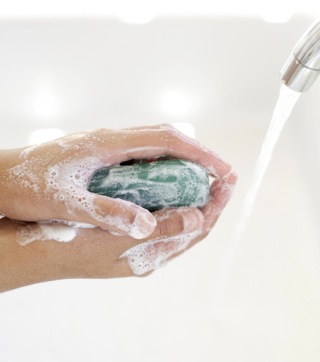

Return to ENVS2 homepage
